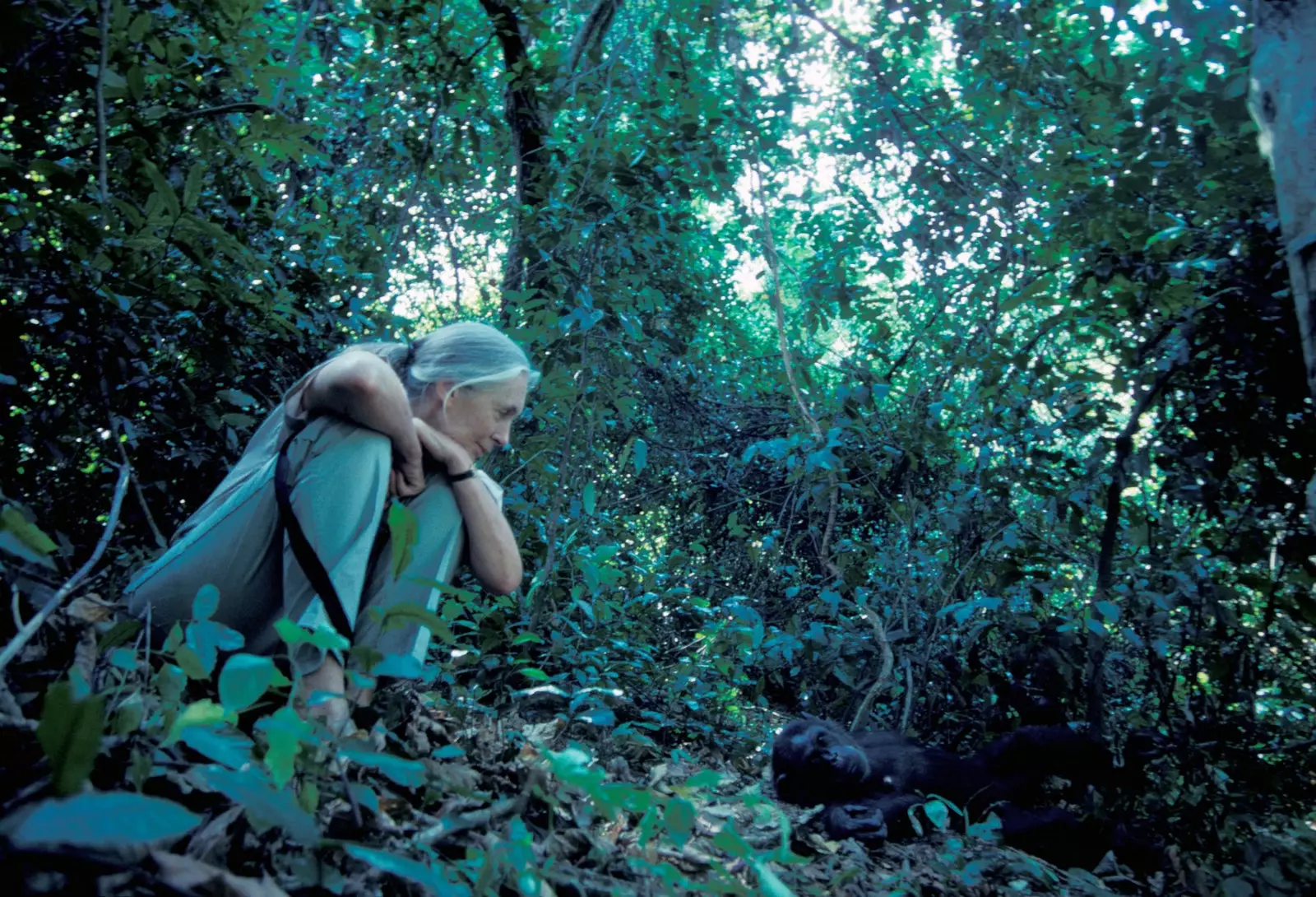
Jane Goodall's chimpanzee studies changed science.
Jane Goodall at 85 years old she still spends today 300 days a year traveling. In her traveling journey, making known all her scientific and vital learning about primates and the environment, she ended up in Spain. Her passing was recorded in one of the talks 'Let's learn together' at BBVA where she explained how her love for animals was born and other very interesting things -because it is impossible to get tired of listening to her-.
A lively little Jane who lived on a farm with her mother was fascinated by how chickens lay eggs , and since she had many questions about this event, she decided to observe them.
"There were six chicken coops. So I went into one that was empty and I waited. And I waited... And, in the end, I was rewarded. A chicken came in... If I close my eyes, I can see how it got up a little bit on its legs, and an egg fell on the straw. I don't know who was more excited, me or the chicken. My poor mother had no idea where she was. I was missing for four hours. She even called the police. But still, when she saw that excited girl running towards the house, instead of getting mad at me and saying, "How dare you leave without telling us?", which would have killed my excitement, she sat down and she listened to my wonderful story of how a hen lays an egg ", she points out in the talk.
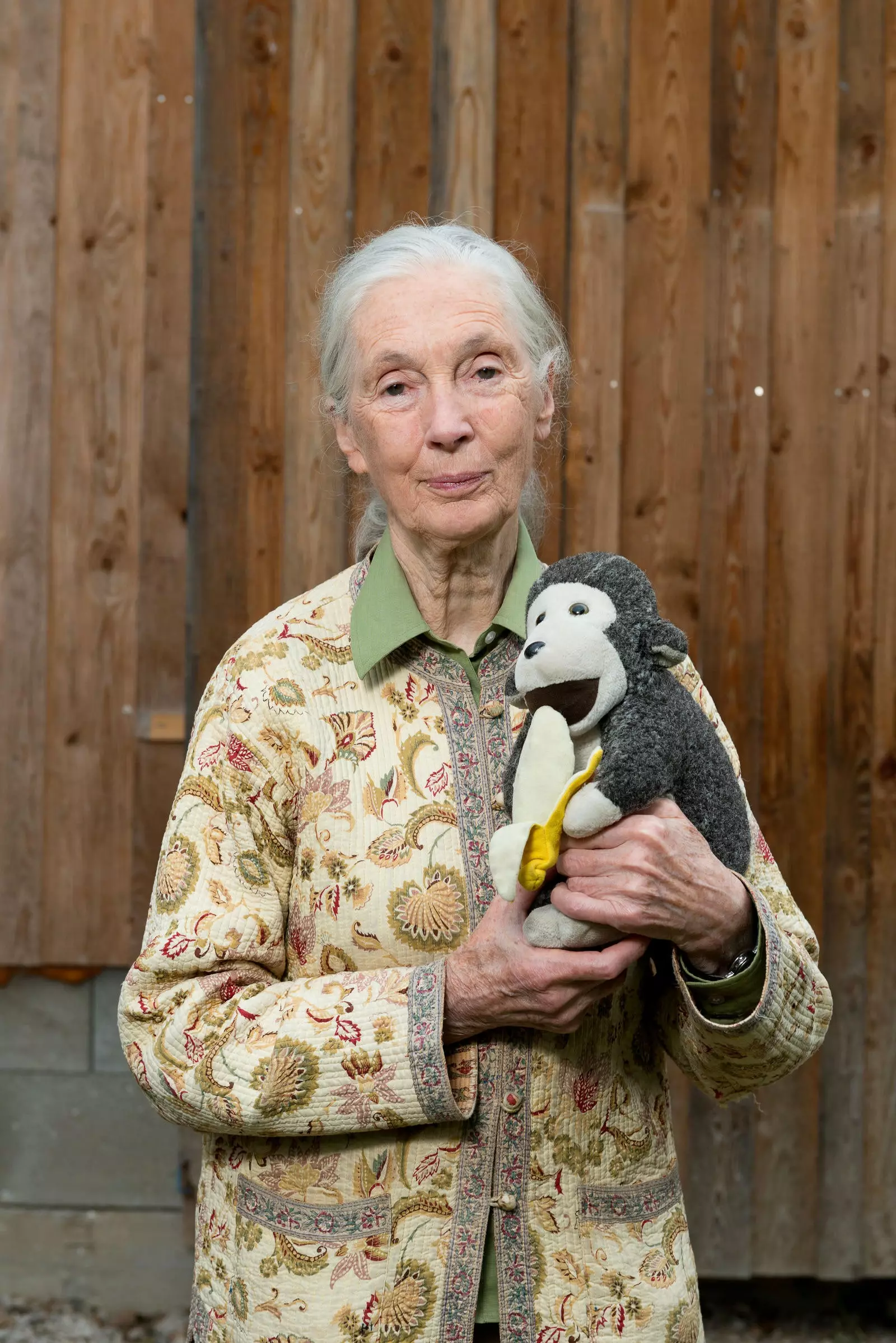
Jane Goodall in one of her many conferences accompanied by her inseparable chimpanzee.
With this story she intended to encourage all those little scientists, biologists and naturalists around the world, and to those observant mothers who will encourage them to launch themselves in the future. "Being curious, wondering, not having the right answer, propose to find out for yourself , make a mistake, but don't give up and learn to be patient," she said.
**The story of the Jane Goodall ** naturalist (she always wanted to be) starts at age 23 her when she decides to travel to Kenya. From the Gombe National Park she began to approach the chimpanzee communities until she managed to live with them ; she named each one and watched them patiently until she gained her trust.
She there she encouraged by her mentor, the British archaeologist Louis Leakey, She decided to specialize in science - after many British academics blamed her that she did not have the necessary studies to carry out her research. She studied and she saved the lives of many endangered chimpanzees.
And it was there that the photographer Hugo van Lawick also took pictures for National Geographic the first moments in Goodall's career in 1962. And although she had already begun to change the world, it was then that she began to make history.
Now with more than 100 recognitions to her career, she is fully dedicated to raising awareness about protected species, climate change, promoting the ** Jane Goodall Institute ** and the educational program for children and young people ** Roots and Shoots **.
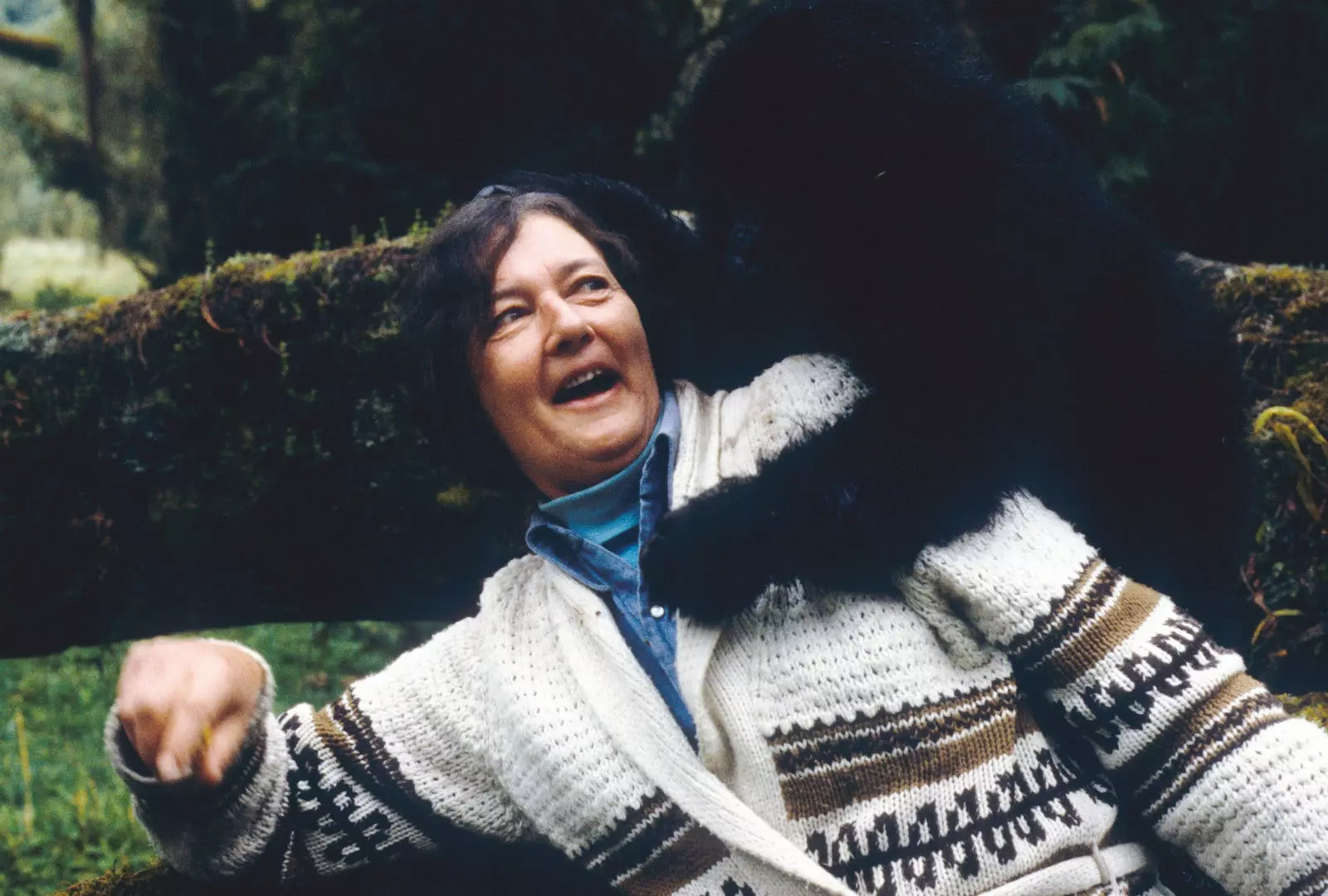
Dian Fossey, the American zoologist in love with the Virunga gorillas.
Goodall's contemporary was also Dian Fossey (1932-1985), whose life was documented in the film 'Gorillas in the Mist' , but unfortunately we have to talk about it in the past tense. If they hadn't killed her, surely today we would be enjoying her experience.
The American zoologist , animated again, louis lekey and other scientists, she decided to head for Africa. And she did not go to any place, Fossey fell in love with the gorillas of the Virunga mountains , in Rwanda , which in the 1960s were on the verge of extinction due to the poaching . She was belligerent with those who criticized her and, much more, with those who tried to kill them.
She, Jane Goodall and Birutė Galdika are the world's first three recognized primatologists . Fossey's work stood out much more in conservation than in research, although in the second she was also brilliant.
The danger in the parks of Rwanda and a corrupt government ended her life (his murder of her remains unsolved); and she was forced to spend far more hours defending and investigating gorilla deaths than she did studying them.
What legacy do we collect from her? When she died there were 280 gorillas left in the Virunga mountains, today there are more than 800.
Rwanda is now a much richer country than it was then thanks to the tourists who visit the gorilla communities she worked hard to protect and her foundation The Dian Fossey Gorilla Foundation .
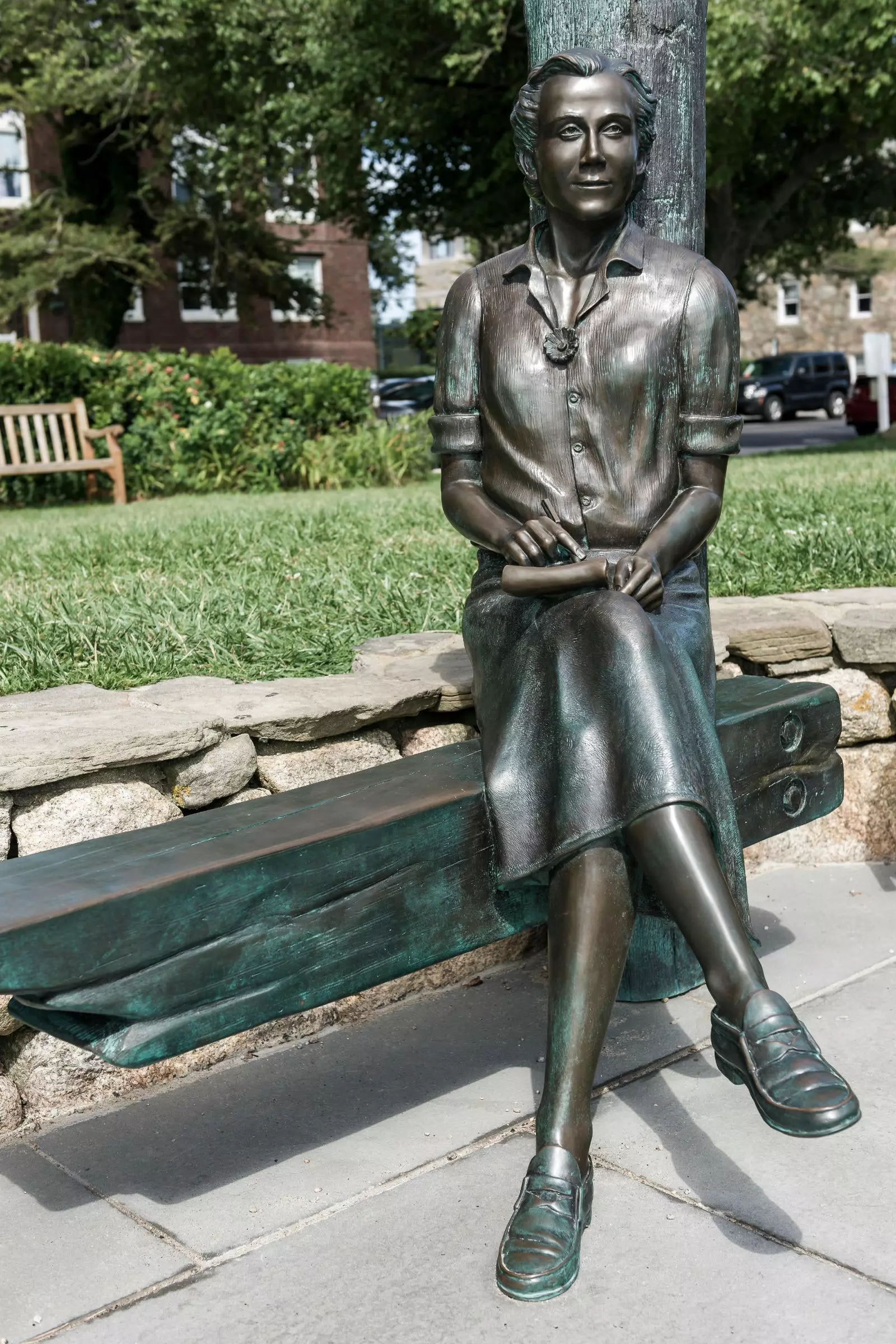
Rachel Carson, the tireless marine biologist.
TENACIOUS ENVIRONMENTALISTS
If today we talk about environmental movement it will be because Rachel Carson (1907- 1964) laid the first stone for this to happen. Your book 'silent spring', published in 1962, marked a before and after in the environmental fight.
The American marine biologist and conservationist denounced in this book (or she dared to do it, because that is why they said she was fantasizing) that the use of pesticides It harmed the environment and birds, especially.
The chemical industry, of course, did not sit well with her, but her book set a precedent. Today it is considered the first on environmental impact. His great achievement of hers? Thanks to her, the use of the pesticide DDT was banned. For this, she posthumously received the Presidential Medal of Freedom.
Prior to 'silent spring', Rachel Carson wrote a trilogy about observation of the oceans , and many highly relevant articles on naturalistic outreach.
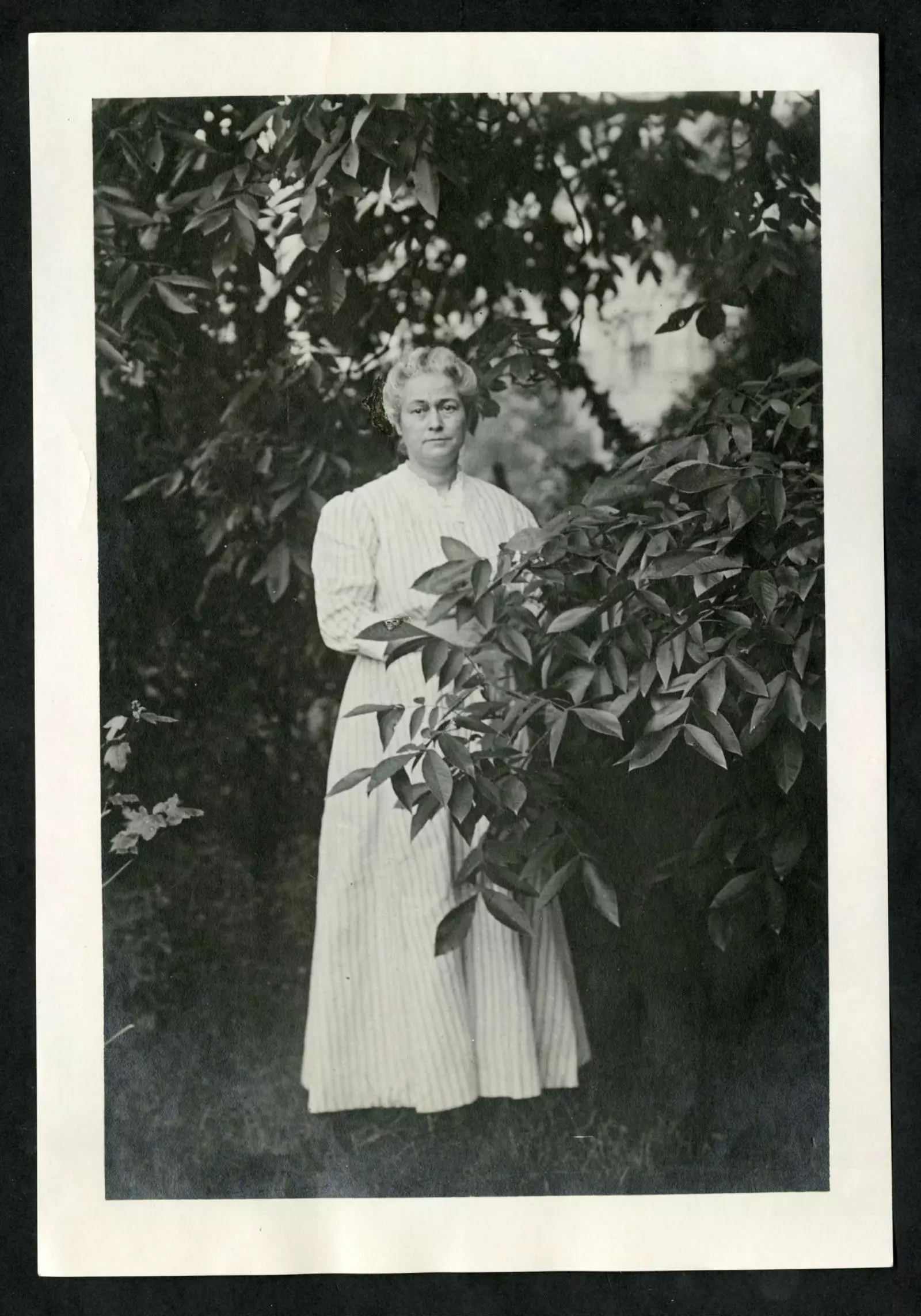
Florence Merriam Bailey, naturalist above all else.
THE FIRST NATURALISTS
Naturalists refers to all those women and men who during the 17th and 20th centuries considered nature as the only principle . She was listed as a philosophical current and all those who studied natural sciences were included in it.
Therefore we can consider Florence Augusta Merriam Bailey (1863-1948) as one of the world's first naturalists. This ornithologist was the first American to publish a research book on birds without a pseudonym.
At the age of 26, she signed her first study 'Birds Through an Opera Glass' , and she was also the first female member of the American Ornithological Union.
What do we owe him? Her books are especially relevant because she prioritized communication in them, that is, her goal is to make them readable and understandable for everyone , even for those who did not understand birds.
She took the birds out of the labs to study them in their natural habitat, she never hunted them and she led the New York bird defense movement , getting them to ban the use of their feathers in the hats of the time.
Yours is the phrase “wanting to leave a better world to live in”.
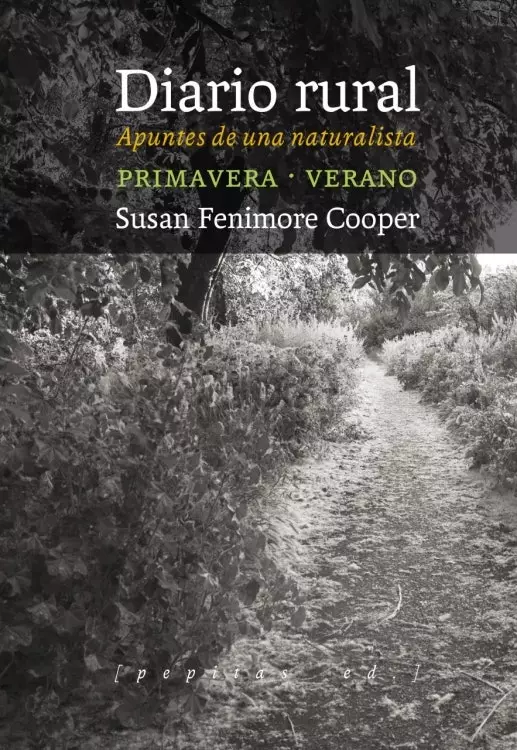
The new edition of Susan Fenimore's book.
Who would know if Florence did not feel inspired by 'Diario rural' of Susan FenimoreCooper (1813-1894) for her writings on birds. The New York naturalist and writer, daughter of John Fenimore Cooper, author of 'The last Mohican' , was also one of those considered first women naturalists
Her diary is the relaxed and friendly account of the passage of the four seasons of the year, between 1848 and 1849, in New England . Susan's contemplation of nature inspired many, including Charles Darwin or Thoreau.
"She seems to be among the first people to stop and write about what is happening with the environment in which they live and what the future repercussions of all this may be, with a global vision and with many readings behind them to contextualize the issue", Esther Cruz, translator of the latest Spanish edition of 'Diario rural', published this March by the publisher Pepitas de Calabaza.
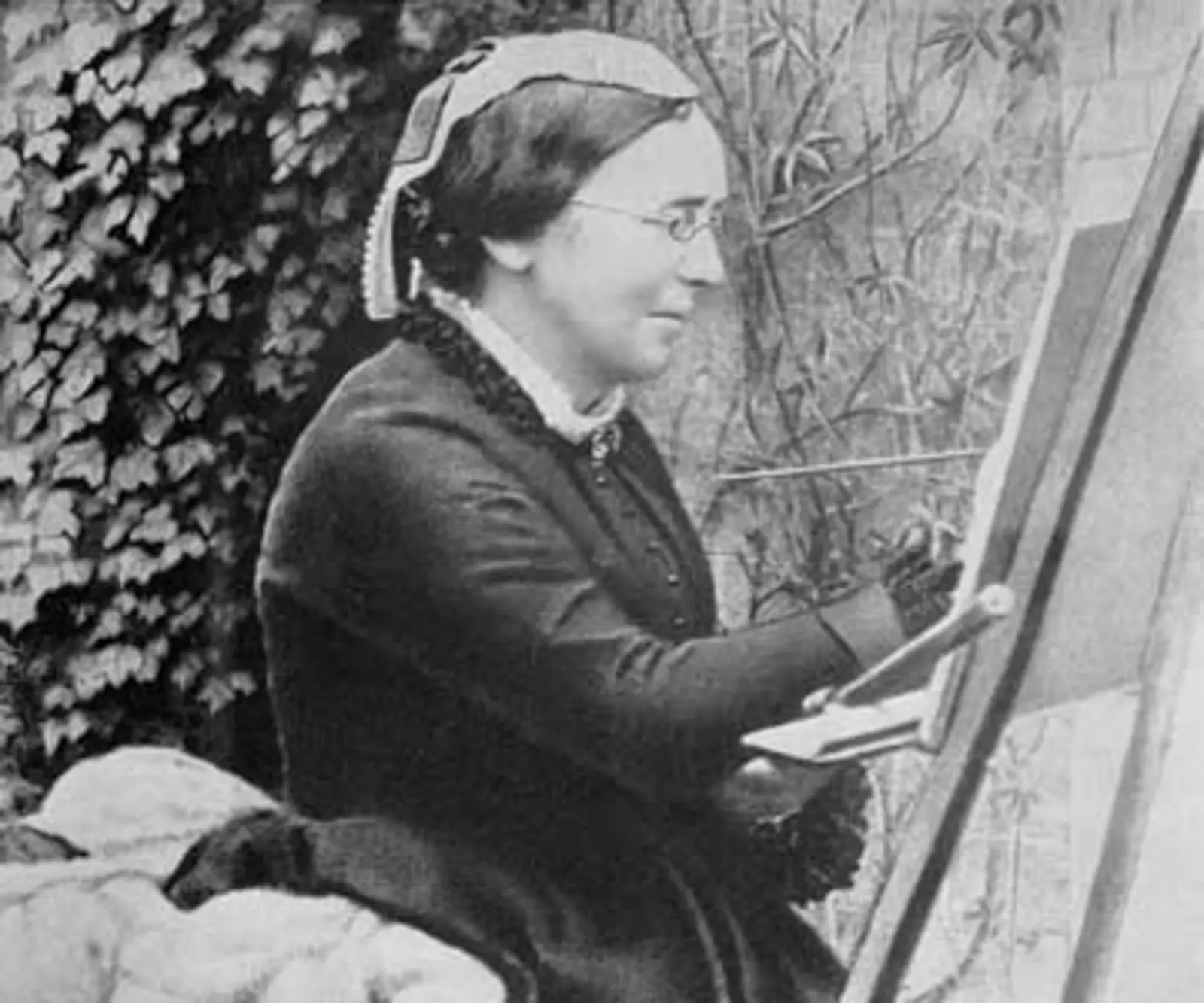
Marianne North, the most traveled naturalist.
Marianne North (1830-1890) had much in common with Susan Fenimore , although we will never know if they met because the Atlantic separated them, since North was from England.
Both were fascinated by the vegetation and both belonged to wealthy classes . This allowed them, not without less difficulty than other women, to be able to publish their disclosures and dedicate themselves to what they liked.
But Marianne North was not beaten as an adventurer by anyone; she traveled the world drawing plant species . At the time it was very common for scientists or naturalists to bring cartoonists to illustrate her research, but Marianne had it all.
Frederick North, her father, passed on her love of plants to him, so when he died, she invested her fortune in traveling to draw all the species that she found in her path.
She visited Jamaica, Tenerife, Brazil, Japan... and in her last stage she traveled to Chile. Thanks to her and hers book 'A Vision of Eden' Numerous plant research paintings are preserved today accessible in Kew Gardens , London .
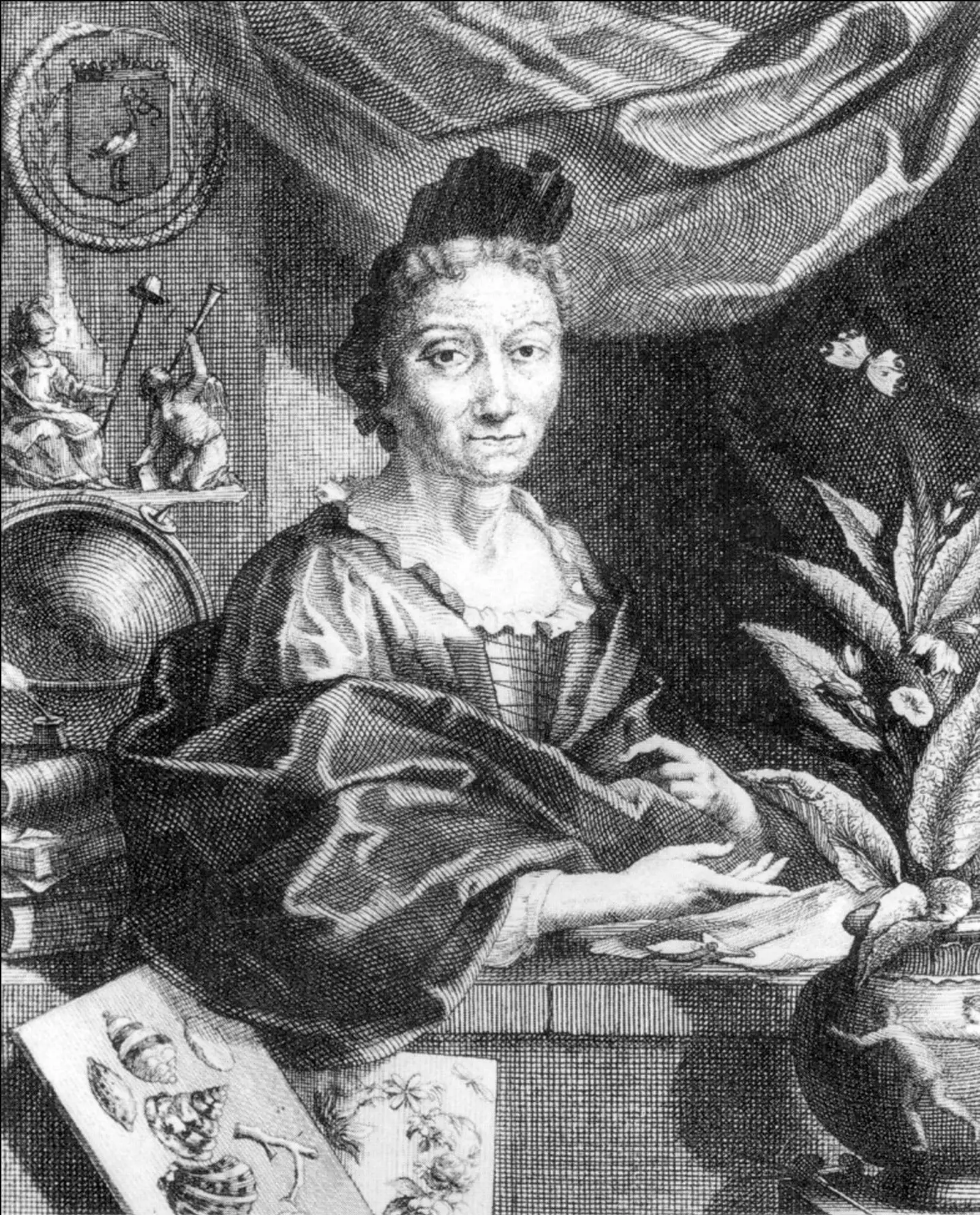
Maria Sibylla Merian, the artist scientist.
NATURALISTS AND ARTISTS
Science persecuted the recognized as the first woman specialized in entomology (study of insects), but also the art and passion for drawing as she came up with Marianne North.
The German naturalist, painter and explorer Maria Sibylla Merian (1647-1717) she received from her father the talent for painting, but the love for insects was innate in her. This is how she ended up turning beetles and butterflies into art.
At the age of 13 she would begin to observe the caterpillars. Who would have told him that two decades later she would write one of her most praised books, 'The wonderful transformation of caterpillars' ? A book that went against the current with the scientific theories of the time and a reflection of herself.
She married, divorced, and freed herself from German social shackles. She traveled with her two daughters to Amsterdam and then, at the age of 52, to Suriname in French Guiana where she painted and discovered hitherto unknown species of insects.
Your book 'Metamorphosis of the insects of Suriname' consecrated it as the first empirical entomologist.
